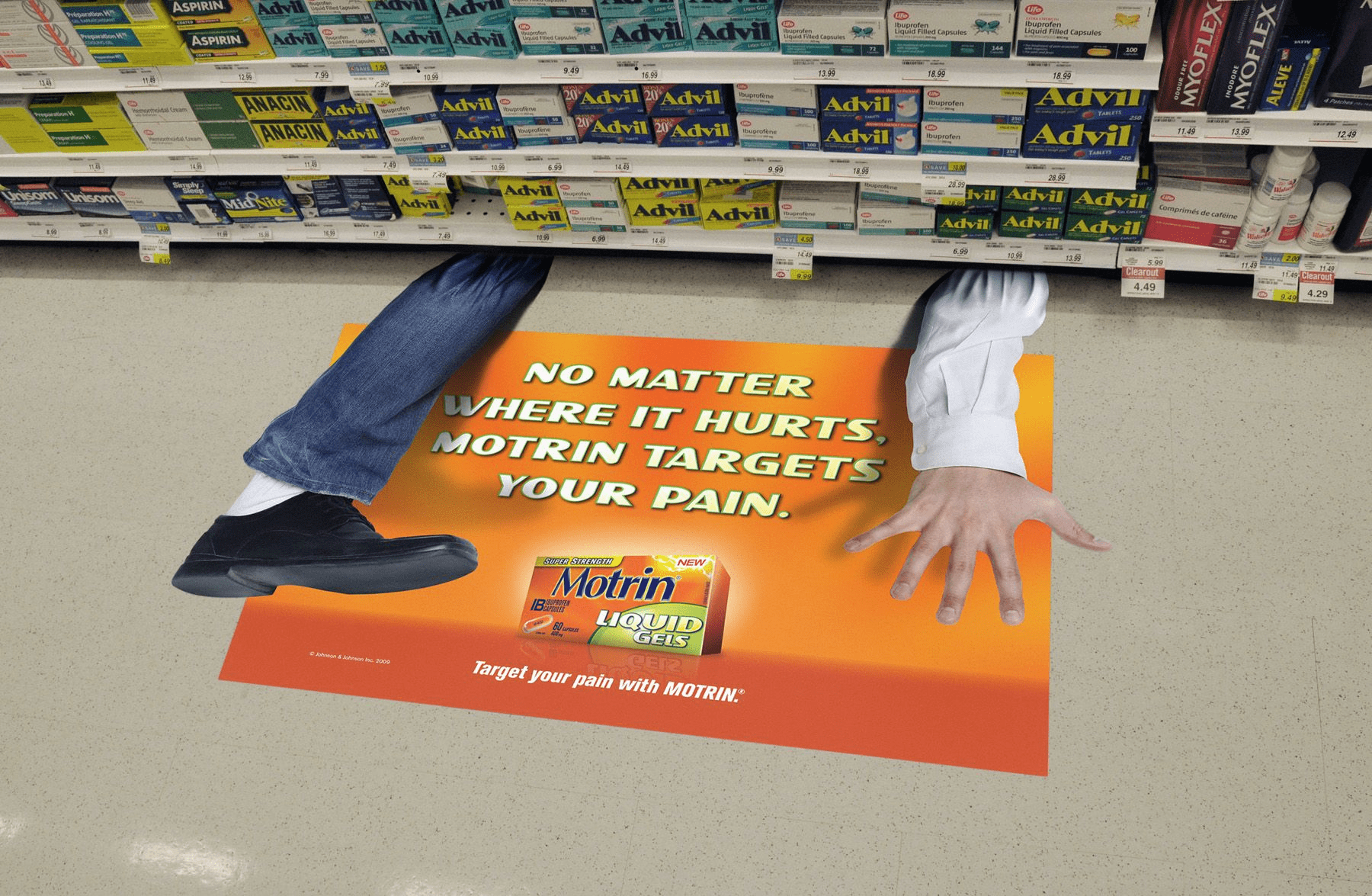Gamification is no longer reserved for mobile apps or loyalty programs. It’s increasingly becoming a powerful tool in advertising grocery stores, blending interactive design and behavioral psychology to keep shoppers engaged and brands top-of-mind.
For marketing professionals seeking innovative, data-driven strategies, gamifying grocery stores advertising presents a massive untapped opportunity. When combined with the physical environment, gamification turns ordinary shopping trips into dynamic experiences—and drives deeper brand interaction at the point of purchase.
In this blog, we’ll explore how gamification is transforming ads in grocery stores, which brands are leading the way, and how your next grocery stores ad can go from static to sticky.
Advertising Grocery Stores: The Power of Gamification
At its core, gamification uses game mechanics—like rewards, points, challenges, or competition—to influence behavior. When applied to advertising grocery stores, gamification offers:
Increased dwell time in specific store sections
Higher ad recall due to interactive participation
Enhanced brand affinity through playful engagement
Data capture from shopper behavior and choices
Unlike passive signage, gamified ads in grocery stores prompt action: scan, play, earn, or share. This is especially useful in an environment where brand decisions are often made in seconds.
Why Gamification Belongs in Grocery Stores Advertising
🎯 Grocery Stores Are Behavior-Driven Spaces
Customers enter with a list and a goal. Advertising grocery stores with gamification can influence detours, impulse buys, and longer visits.
🛒 In-Store Ads Can Feel Static
Traditional ads in grocery stores—posters, endcaps, or cart handle ads—are easy to tune out. But gamification makes the ad a destination, not just décor.
📱 Mobile Use Is Already High
Many shoppers already use apps while shopping. This opens the door for interactive grocery stores ads with mobile tie-ins: QR codes, store apps, or digital receipts with game-based offers.
Examples of Gamified Grocery Stores Ads That Worked
🥦 Albertsons’ “Monopoly at Safeway”
One of the most recognized grocery stores ads that used gamification, this campaign encouraged shoppers to collect game pieces during each visit. It tapped into the psychological appeal of collecting and competition—driving frequent trips and massive foot traffic.
Result: Millions of players and significant increases in store loyalty and basket size.
🍩 Krispy Kreme + Grocery Cross-Promotion
During a grocery rollout, Krispy Kreme placed scannable QR codes on in-store signage, turning each code into a “spin-the-wheel” chance to win discounts or free items.
This ad in grocery stores created excitement without being intrusive, using gamification to pull attention to a single SKU.
🥛 MilkPEP’s “Got Milk?” Augmented Reality
Some milk brands used AR in-store shelf ads where shoppers scanned packaging to access health facts, trivia challenges, and shareable milk-themed filters. It’s a playful spin on advertising grocery stores that bridges offline and online.
How to Build Gamified Grocery Stores Advertising Campaigns
You don’t need Monopoly-scale resources to gamify ads in grocery stores. Here’s a step-by-step framework:
Define a Clear Goal
What behavior are you trying to drive?
Purchase frequency
Product trial
App downloads
Dwell time in a specific aisle
Choose Your Game Mechanic
Scratch & Win Cards: Delivered with purchases
QR Code Challenges: Scan and win instant discounts
Points for Products: Earn loyalty points with featured items
Digital Punch Cards: Buy X, get Y free via app
Keep It Simple
In-store shoppers won’t tolerate complexity. Your grocery stores ad must be understandable in seconds and easy to play.
Leverage Physical and Digital Touchpoints
Use signage, bag ads, shelf talkers, or even freezer door decals—but always give the option to extend the experience digitally.
Measuring the ROI of Gamified Ads in Grocery Stores
To assess whether your gamified grocery stores advertising is working, track:
Engagement rates: How many people scan/play/interact
Redemption rates: For offers or discounts
Foot traffic patterns: If specific store zones see more activity
Repeat visits: If the game builds frequency
Social shares or app installs: If it leads to wider reach
These KPIs go far beyond impressions and offer a more complete view of grocery stores ad performance.
The Psychology Behind Gamified Grocery Store Advertising
Gamification works because it taps into:
The dopamine loop: We enjoy rewards and unpredictability
Goal-setting motivation: Collecting, winning, leveling up
Social validation: Sharing wins or progress online
Behavioral triggers: Associating products with fun or positive emotion






